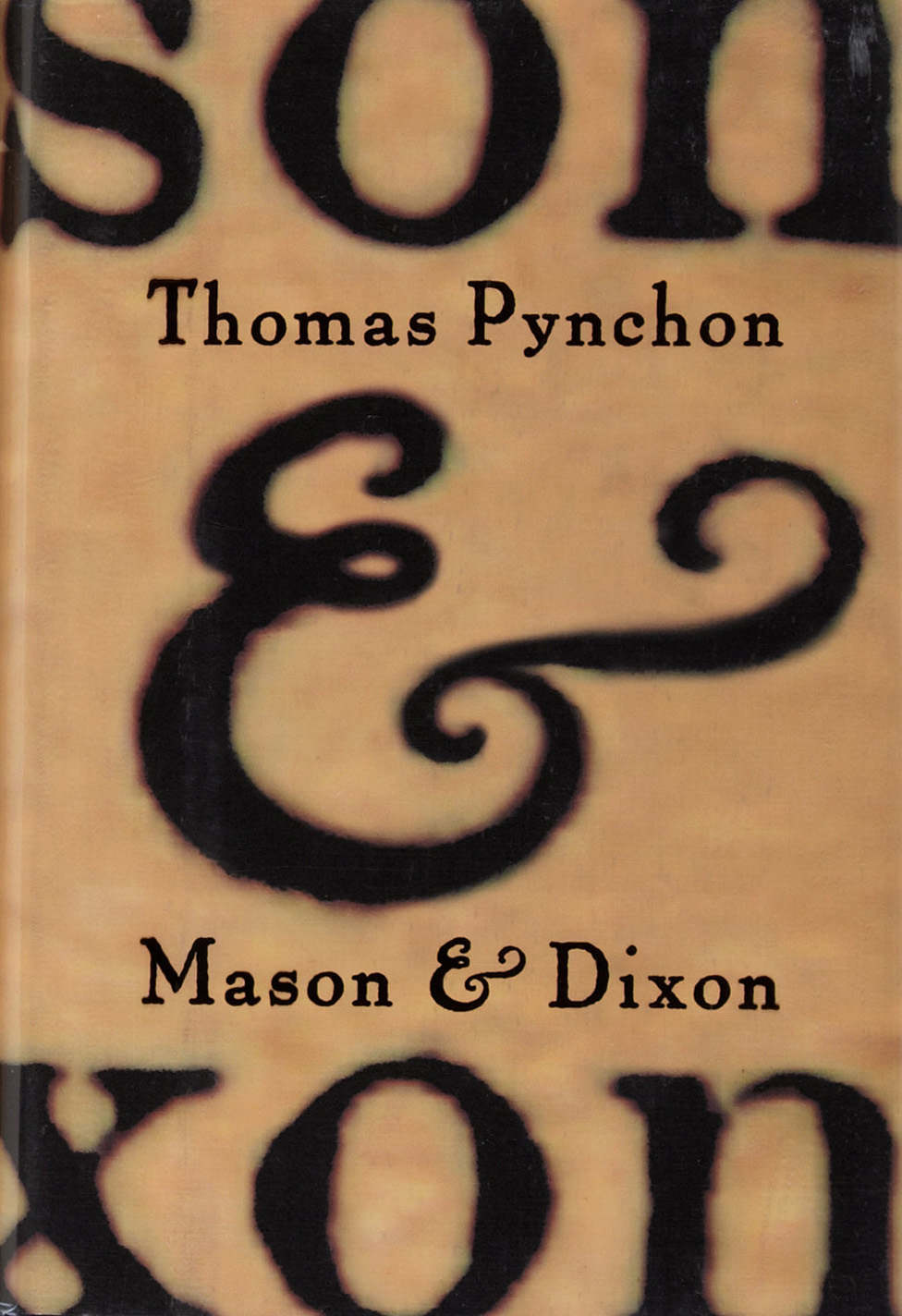Search engines usually list my new book, Mason-Dixon: Crucible of the Nation, somewhere among listings for the Dixie Belle Paint Company’s chalk mineral furniture paint, Mason Dixon Gray (a children’s book series about a fourth grader named Mason Dixon), and Thomas Pynchon’s 1997 novel Mason & Dixon.
I can’t vouch for the paint or the children’s books, but I can say that Pynchon’s novel and my book are very different. Mine is a work of non-fiction. It begins with the founding of colonial Maryland and ends in the era of the Civil War. Pynchon’s centers on the eight-year partnership of Charles Mason and Jeremiah Dixon, the two English astronomers charged with establishing the boundary between the colonies of Maryland, Delaware, and Pennsylvania.
Naturally, there’s a bit of overlap. Pynchon and I quote some of the same documents. We include many of the same characters—including Mason and Dixon. Both our books follow the surveyors through the mid-Atlantic and upper-Chesapeake, across three hundred miles of swamplands, dense deciduous forests, and the Appalachian range. Neither Pynchon’s story nor mine ends well, although they do end very differently. Pynchon’s ends with Charles Mason’s death in 1786. Mine ends at the turn of the twentieth century, as Americans were doing their best to forget Mason and Dixon’s line.
Pynchon’s novel and my history share another far more consequential commonality. Our books center on a region of the United States largely lost to history. Part of the reason, as I’ve already suggested, was the carefully plotted, well-funded, and remarkably effective campaign to erase sectional division from national memory. But even as historians have corrected the many distortions introduced by that campaign, others remain. Because the Mason-Dixon Line is America’s great divide, separating the nation’s historic sections, the North and the South, the lands on either side have long been understood as separate lands. Pynchon understands, and my book explains, the opposite is the case. Precisely because of their proximity to so notorious a geo-political demarcation, the borderlands adjoining Mason and Dixon’s original line were bound together. They may have been in-between lands but only very late in their history, following the passage of the 1850 federal Fugitive Slave Act, did they become divided lands.
How Pynchon and I arrived in the same place, I can’t say. I can say our stories center on the same historical events and those events pointed us in similar directions. Let me explain.

